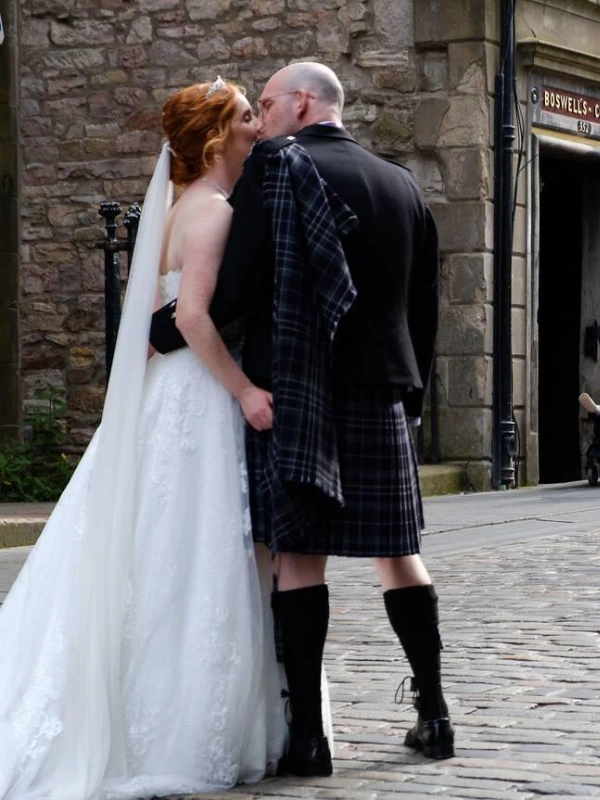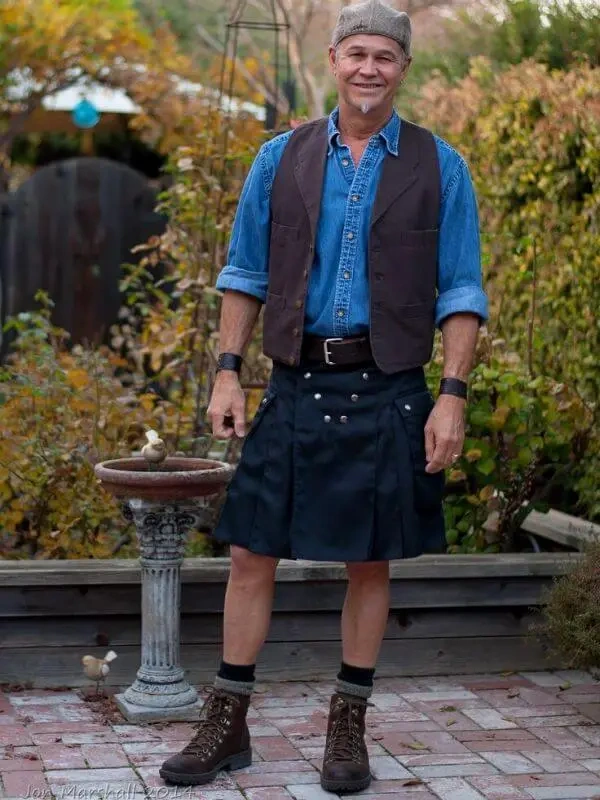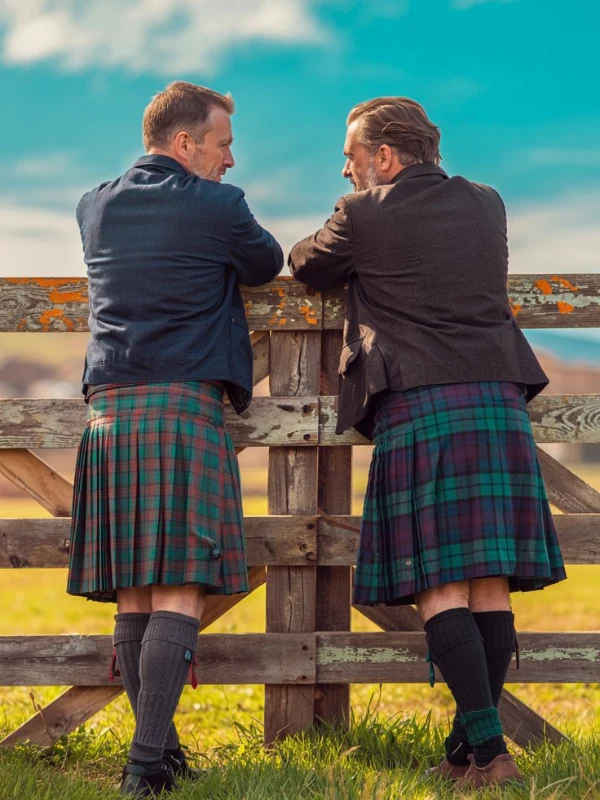What Are The Best Kilts For Men?
If you’ve ever typed “best kilts for men” into a search bar and expected a neat, definitive answer… well, I hate to say it, but you probably didn’t get one.
Not because there’s a lack of options. Quite the opposite. The problem is that “best” means different things depending on who’s asking. Best for what? A wedding? A summer festival? Daily wear? Something more symbolic or heritage-driven?
So instead of trying to hand you a top-five list that may or may not apply to your life, let’s look at this a little differently. Let’s break it down by purpose, by fabric, and by a few practical details—like comfort, price, and yes, even how it feels when you actually wear the thing.
Because ultimately, the best kilts for men aren’t just well-made. They’re the ones that fit you—your body, your reason for wearing it, your comfort level with tradition.
For Formal Wear: Traditional Wool Tartan Kilts
This is the style most people picture when they think of kilts. Heavy wool, pleated back, flat apron front, secured with leather straps and buckles. It’s often paired with a jacket (usually a Prince Charlie or Argyll), knee-high hose, and a sporran swinging from the belt.
For formal events—weddings, banquets, ceremonies—this type of kilt is probably your best bet. It feels substantial, it drapes beautifully, and when it’s fitted properly, it’s surprisingly comfortable for something that looks so structured.
But it’s not something you just throw on. Wool kilts tend to be custom-made to your measurements, and they’re not cheap. Still, if you’re buying a kilt as a long-term piece—an heirloom even—this is a strong contender. Maybe the contender.
One small caution: wool kilts are warm. They’re not always ideal in hot weather, and they need a bit of care in storage to keep moths away. Worth considering if you only plan to wear it a few times a year.
For Casual or Daily Wear: Utility Kilts
Let’s say you’re not going to a wedding. Let’s say you just like the idea of wearing a kilt on a hike, or to a festival, or maybe even just on a regular day when pants feel too… expected.
That’s where mens utility kilts come in.
Usually made from cotton or polyester blends, these kilts are designed more for function than formality. They often have cargo-style pockets, reinforced stitching, and metal hardware—almost a modern take on a traditional idea.
I wore one to a weekend market last summer and got more curious glances than I expected—but none of them negative. It was light, breathable, and weirdly freeing. Like, in the physical sense, but also mentally. There’s something a little bold about choosing to wear one, even casually.
The downside? Some of them can look a bit costume-y if overdone. Stick to muted colors or solid blacks, olives, maybe even denim-toned fabric if you want it to feel more wearable day-to-day.
For Comfort and Affordability: Acrylic or Blended Kilts
If you’re not ready to invest in wool—or you’re not sure how committed you are to kilt-wearing yet—there’s nothing wrong with starting simple.
Acrylic kilts or poly-viscose blends mimic the look of traditional tartan but at a fraction of the cost. They’re lighter, machine washable (usually), and surprisingly durable for occasional wear. Great for testing the waters.
The fit might not be as sharp. The pleats may not hold quite as crisply. And purists will tell you these aren’t “real” kilts. Maybe they aren’t, strictly speaking. But they’re an accessible, low-risk way to try it out—and you can always upgrade later.
For Versatility: Hybrid Kilts:
Somewhere between tradition and utility, you’ll find hybrid kilts.
These blend elements from both worlds—perhaps a tartan pattern in a lighter, more rugged fabric, or a classic shape with modern touches like metal snaps or modular pockets. You can find versions that lean dressy or casual, depending on the maker.
If you’re not drawn to the all-wool traditional kilt, but don’t quite want a utility kilt either, a hybrid style might be just right. They’re adaptable. You can wear them to a less formal wedding, a music festival, or just on a slightly bold weekend outing.
But Which One Is Best?
See, here’s where it gets messy.
The “best” men’s kilt isn’t a single thing. It depends on you. Your body type, your reason for wearing it, your level of formality, even the weather. What feels amazing to one person might feel awkward to another.
Still, there are a few general rules worth keeping in mind:
- Fit matters more than brand. A well-measured acrylic kilt will feel better than a poorly-fitted wool one, no matter the price tag.
- Fabric weight changes everything. Lightweight kilts are more breathable but less structured. Heavy kilts look sharper but can be warm.
- Purpose should guide the purchase. A kilt for dancing at a festival isn’t the same as one for standing still during a wedding ceremony.
- Start where you are. If you’re hesitant, go simple. You don’t need the full outfit on day one.
Final Thoughts:
If there’s one thing that keeps coming up, it’s this: wearing a kilt, for most men, is an intentional choice. It’s not just a fashion thing or a cultural thing—it’s a mix. A personal one.
So the best kilts for men? They’re the ones that align with that choice. The ones that feel right when you wear them—not just on your body, but in how you carry yourself.
Whether it’s a crisp, heavyweight tartan worn with pride at a family gathering, or a soft cotton utility kilt that’s more about freedom of movement than formality—it counts.
And honestly? Once you find the right one, you’ll probably wonder why you didn’t do it sooner.
Looking to buy a kilt but not sure where to start? Check out our latest guide on where to buy kilts for tips on finding the right store—whether you’re shopping online or in the USA. It covers everything you need to know before making a purchase.












